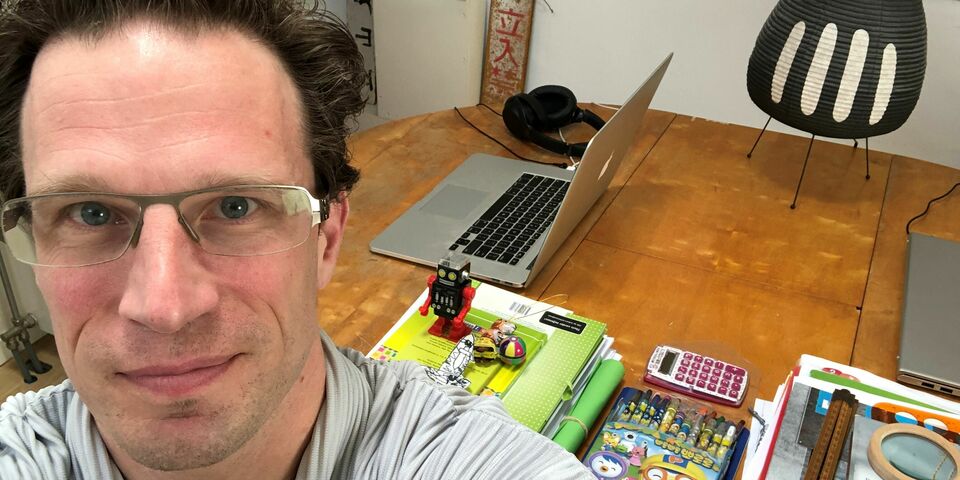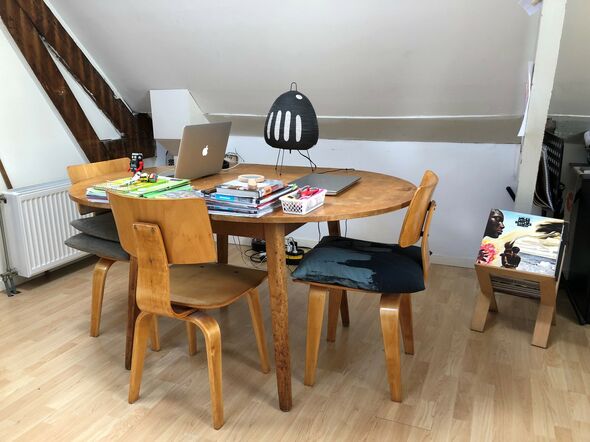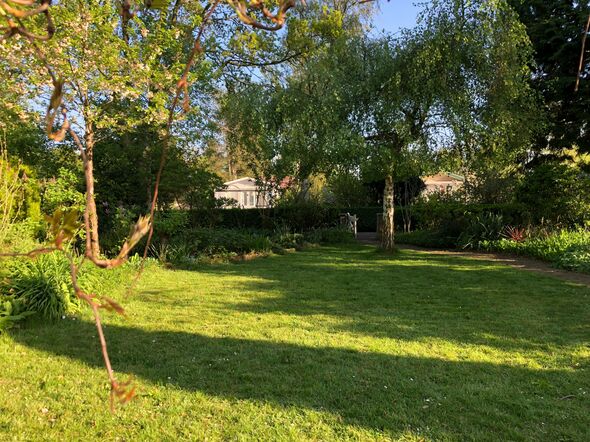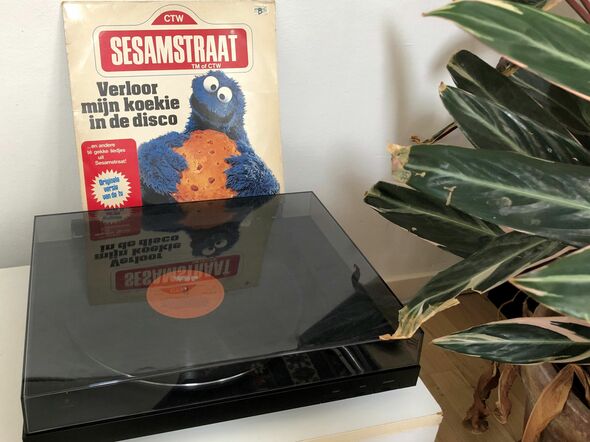“Just being together is so incredibly valuable”
During this corona crisis, working from home is slowly becoming our new standard. We learn how to cope with changing frameworks and our own traps in this situation. We also know how to find our ways around home, and we miss each other and the campus like never before. Cursor regularly calls someone who’s also working from home. Today Bart Hengeveld, assistant professor at Industrial Design. Nowadays he is also a primary education teacher, at home.
Students know Bart Hengeveld as a very friendly and accessible professor, who prefers to just drop by rather than send a response via email. And now, his visits are replaced by contact through MS Teams, Skype and Skype for Business, Google Hangouts, FaceTimen, Slack, Canvas, Miro, and Sketchdrive. What he misses most from the pre-corona era is being in touch with others, “I’ve noticed that I get a lot of energy from my colleagues and our students, more than I expected. Slack creates some sort of a unity, but just being together is so incredibly valuable.”
Nowadays, Hengeveld is working from his 120-year-old home in Rotterdam, a two-minute walk from the Central Station. He lives together with his girlfriend, who works as an architect from the dinner table during most mornings, and a six-year-old son and nearly nine-year-old son. “Usually they attend a bilingual school, but now it’s me who helps them with their schoolwork. Meanwhile, I try to be as calm as possible. I can write, respond to emails and that kind of things.”
It’s not only serious business, on that upper floor. “At a certain moment, if it’s convenient, they boys will turn on a LP record on my new phonograph. Their favorite is ‘Verloor mijn koekje in de disco’, a record that I got when I was their age.
After lunch, the boys will watch ZappLive, his girlfriend continues working, and he will shift gears. “All my videocalls are scheduled in the afternoon. At some point, we’ll go to our allotment, or I join later, depending on how much work there’s left. I read in the evenings, or I’ll finish things that I didn’t round off throughout the day.”
The assistant professor has, together with colleague Pierre Lévy, lately been working on developing a new elective for approximately 90 students in cyberspace - no sinecure. “This course is originally fueled by groupwork and weekly discussion sessions, which are the least challenging when done online. An advantage - and disadvantage - is that it’s a new course. We can shape it in any possible form as long as it supports the teaching goals, but we don’t have any experience with other versions of this course yet. It’s also a lot of extra work, because we are starting this course from scratch for a second time …"
Physical
Industrial Design education is barely possible with any face-to-face contact. Almost every design project has a physical component, which is very hard to accomplish without any means of transportation. Many design projects are also depending on user experienceand real-life evaluations, which is very challenging in a five-feet-society. Not least, because the SARS-CoV-2 can survive on material carriers for a few days. And don’t get me started on the difficulties of discussing students’ work over a long distance, without being able to look at each other’s work, or without pointing at or demonstrating things.”
Hengeveld forewarned us beforehand that his story wouldn’t be a bed of roses. Another disadvantage: “I absolutely don’t like recording lectures. I try my best during my freshman courses, just because it’s for freshmen. The majority of the students finds it pretty exciting to start studying and have no clue what the department’s expectations are, or culture is. Usually I’ll lecture as some sort of - academic - entertainer, with a lot of show and chances for interaction. This is, however, not possible when teaching online." He therefore hopes that live education on campus will soon be available again. “If not, I’ll have to come up with something different, and I’m not looking forward to it.”
Back
When we go back to business, the question remains how public transport will be organized. Hengeveld is a true expert. “Ever since I started working at TU/e, I have traveled by train, which is always packed with people. Not crammed like Tokyo during rush hour, but I’d call it pleasantly packed. And if the train doesn’t run, the stations are packed with thousandths of people waiting for the next train to arrive.”
Above all, Hengeveld hopes that the children can soon go back to school. “They miss their friends and their teachers. It’ll also give me a lot of extra time!”





Discussion